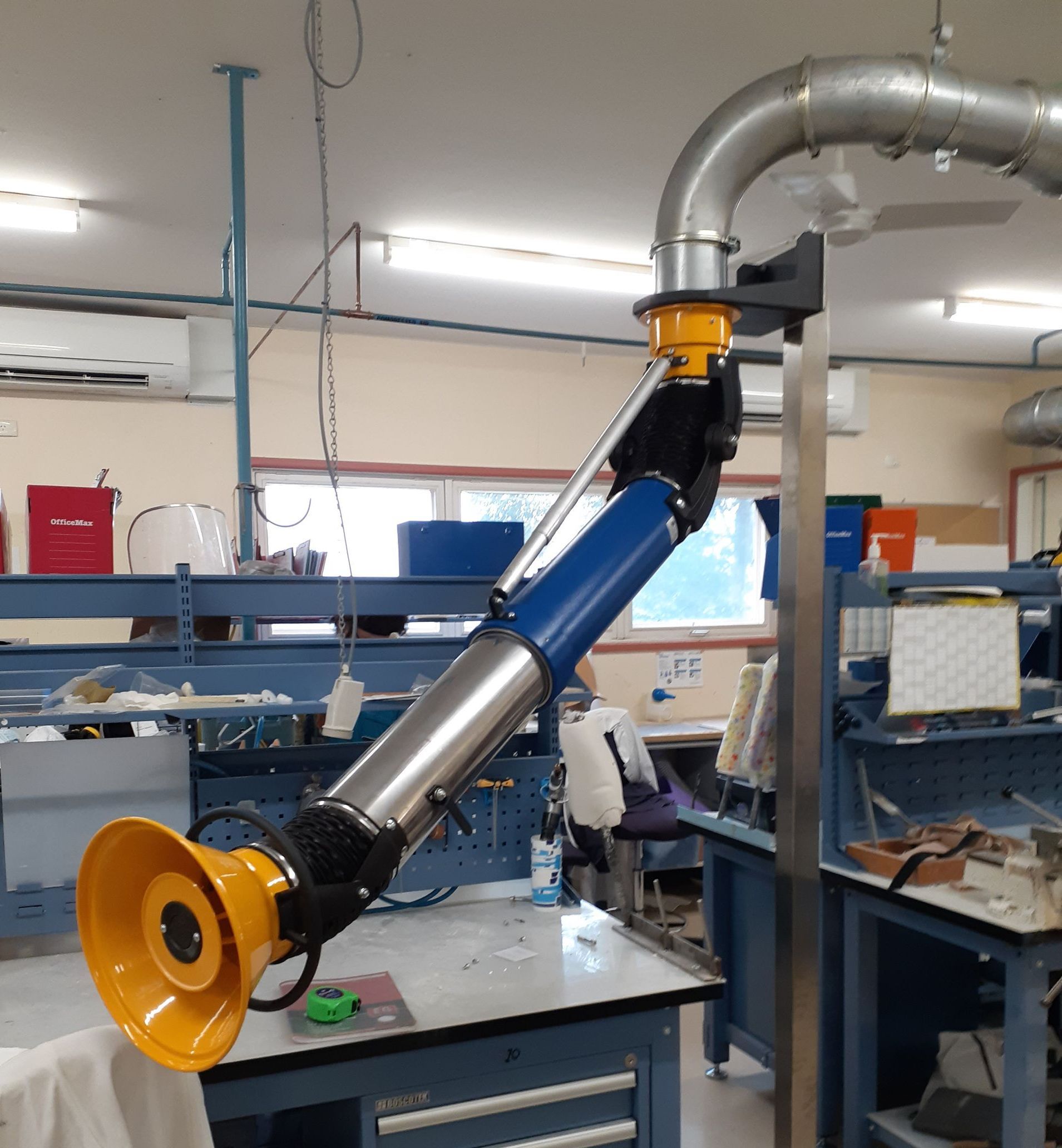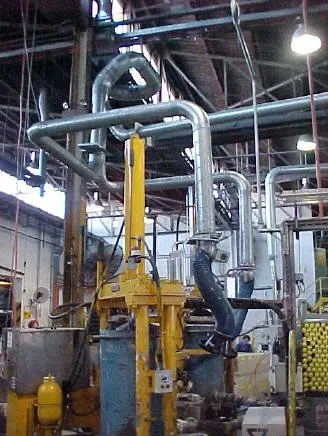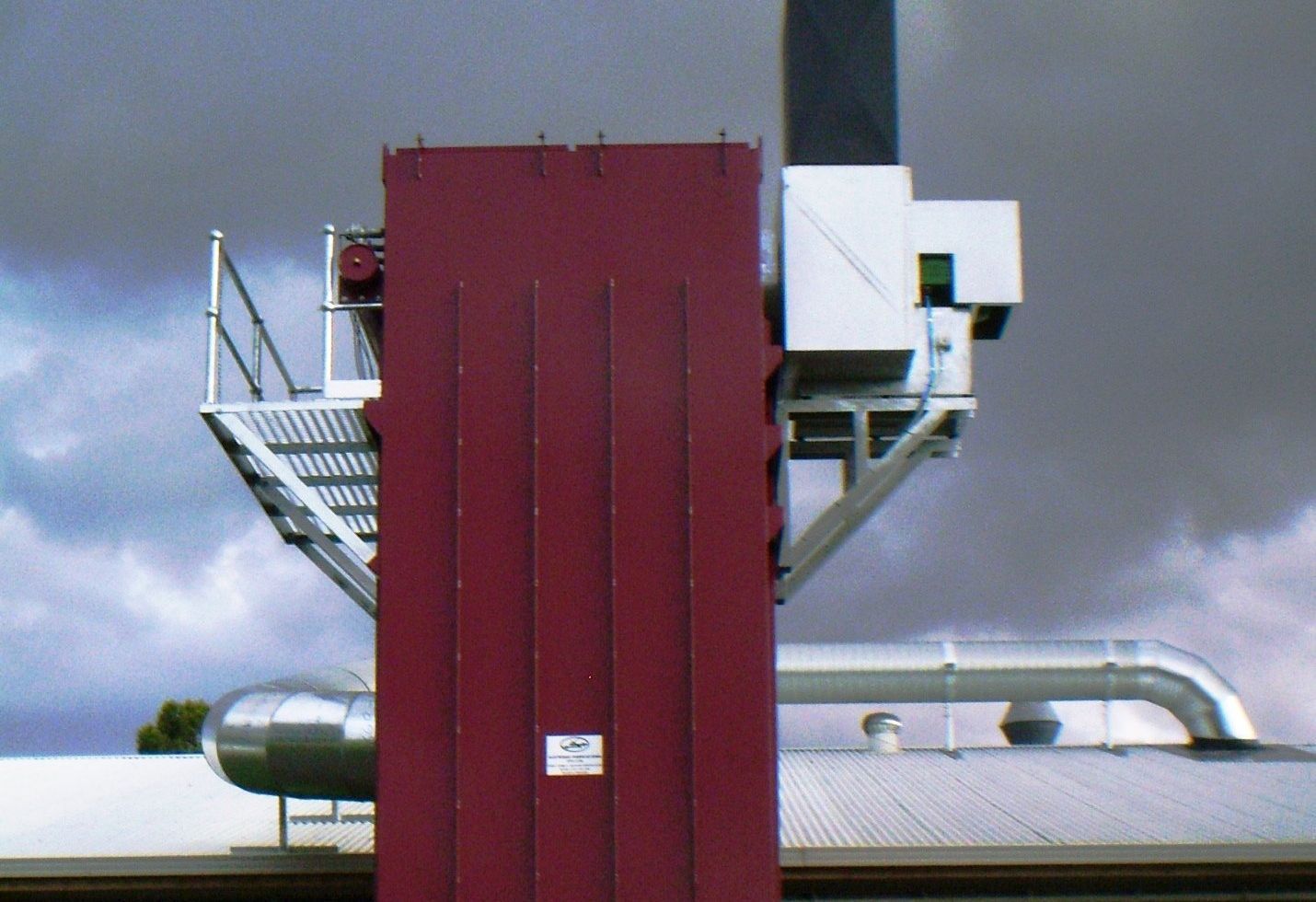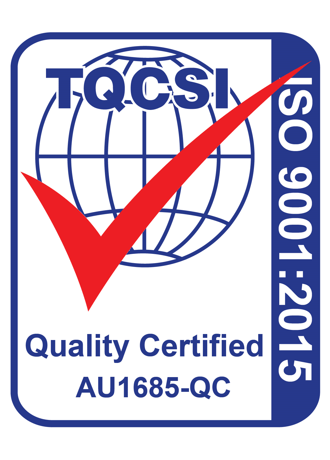Dust Extraction: Ensuring Safety and Efficiency in Your Workplace
Improving air quality through effective dust extraction is not just about meeting regulations; it’s about creating a healthier, safer, and more productive workplace. Facility managers should prioritise investing in high-quality dust extraction systems, performing regular maintenance, and staying informed about the latest industry standards.
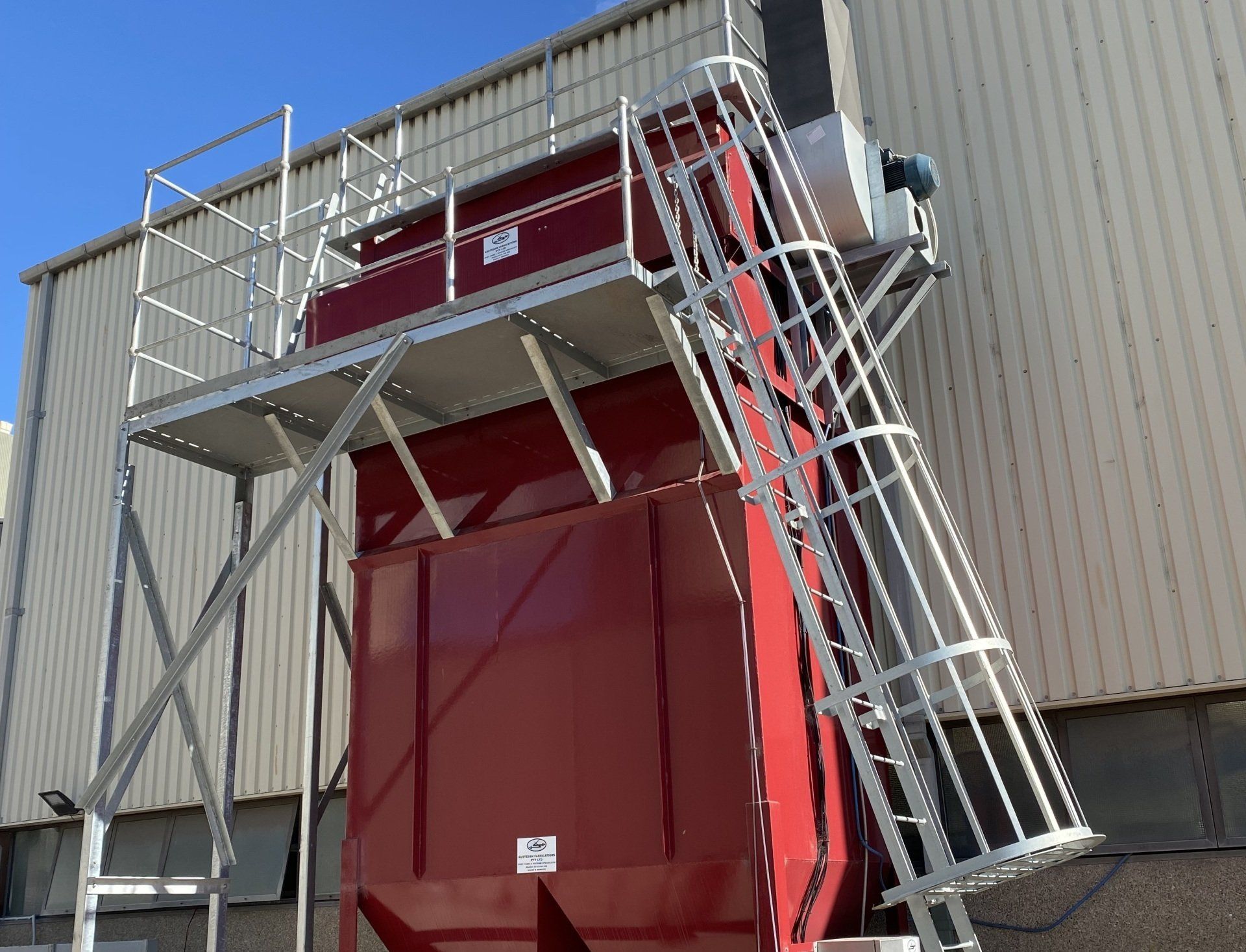
Compliance and Regulatory Requirements
In Australia, strict regulations govern workplace air quality to protect employees and the environment. Ensuring your dust extraction systems comply with these standards not only safeguards worker health but also helps avoid costly penalties. Regular audits and air quality assessments are crucial in maintaining compliance.
10 FAQs Related to
Dust Extraction
What is dust extraction? Dust extraction refers to the process of removing dust, fumes, and airborne particles from the air to improve workplace safety and air quality.
Why is dust extraction important in industrial settings? It prevents health issues such as respiratory diseases and improves operational efficiency by keeping equipment clean and running smoothly.
What types of dust extraction systems are available? Common systems include mechanical ventilation, air filtration units, and local exhaust ventilation (LEV) systems. At Austedan Fabrications we also build and install custom extraction systems.
How often should dust extraction systems be maintained? Regular maintenance, including cleaning and replacing filters, should be done monthly or as recommended by the manufacturer.
What are the health risks of poor air quality in the workplace? Poor air quality can lead to respiratory issues, skin irritation, asthma, and long-term diseases such as silicosis.
Are dust extraction systems required by law? Yes, many countries, including Australia, have regulations that mandate the use of dust extraction systems in certain industries.
Can dust extraction systems help reduce energy costs? Yes, by improving air circulation and reducing the load on HVAC systems, dust extraction can contribute to energy efficiency.
What is the difference between dust extractors and dust collectors? Dust collectors are designed to capture larger particles, while dust extractors are more advanced, capturing fine dust and fumes.
How does a local exhaust ventilation (LEV) system work? LEV systems capture dust at its source, preventing it from spreading throughout the workspace and ensuring targeted extraction.
What should I look for when choosing a dust extraction system? Consider factors such as the type of dust generated, workspace size, compliance requirements, and system efficiency.
Contact us today, we design, install, and customise industrial & commercial dust extraction systems.

